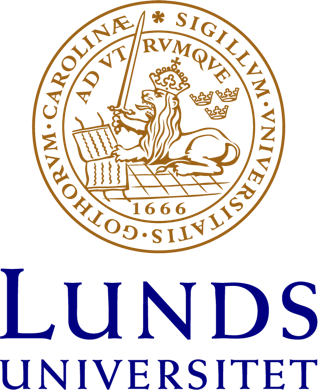2015-05-28
Interpreting Rock Art – current trends and approaches
Scandinavia holds one of Europe´s largest concentrations of rock art with about 30.000 registered sites and around 20% holds figurative images. The figurative images have been interpreted from a variety of perspectives but in this presentation I will focus on two different approaches. One way of approaching the images is through the landscape context. For example, a majority of the rock art panels in south Scandinavia are situated along the Bronze Age shorelines, indicating that they were part of a maritime environment. Given that the ship motif is a dominating image on these panels, it is tempting to relate the making of these rock art panels to maritime rituals. Another way of studying the images is to focus on the narrative character of some of the sceneries, and to compare them to written accounts or images on decorated metalwork. However, these approaches raises questions concerning the possibility of detecting narratives in rock art and the possibility of comparing medias with different kinds of characteristics. Thus, researchers use a variety of approaches to interpret the rock art. An interesting question to discuss at the seminar is how these different perspectives can be understood and categorized from a semiotic perspective. ReferencesKristiansen, K. 2010. Rock art and religion: the sun journey in Indo-European mythology and Bronze Age rock art. In Fredell, Å., Kristiansen, K. and Criado Boado, F. (eds.) Representations and communications : creating an archaeological matrix of late prehistoric rock art, pp. 95-115. Oxbow: Oxbow books.Skoglund, P. 2013. Iron Age Rock-Art: A View from Järrestad in South-East Sweden. European Journal of Archaeology 16 (4): 685–703.
